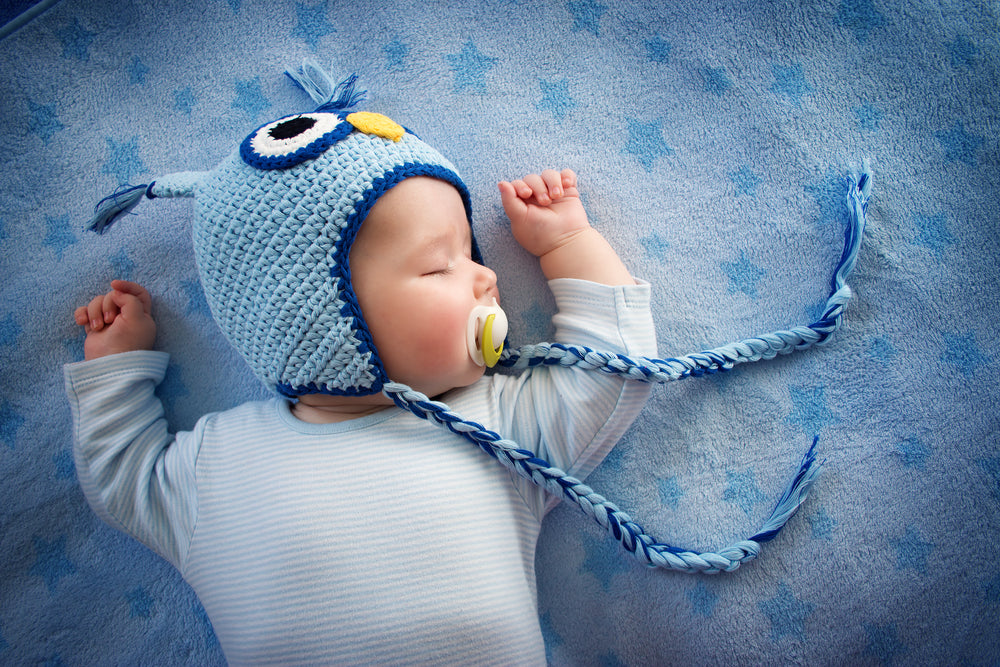Transferring a previously frozen embryo can be a great way for you to start your journey into parenthood. The procedure is done within your natural menstrual cycle and does not need hormonal medication’s assistance to support it as the embryo already exists.
If you’re considering having a frozen embryo transfer (FET), you might be curious about the best ways to increase your chances of success. Keep reading and discover some top tips that will support your new adventure in life.
How to prepare for frozen embryo transfer
Before your FET takes place, you must have a consultation with your chosen fertility specialist so they can review your medical history, check your health with an ultrasound and a blood test, and decide the best point during your cycle to perform the transfer.
Most times, fertility specialists carry out FETs without the need for hormonal medication, but it can sometimes be necessary to help thicken the lining of your uterus to support implantation.
During the FET cycle, your specialist will monitor you regularly so they can decide the optimal time for the transfer and allow adequate time to prepare your embryo for the procedure. These appointments will look at your uterine lining to ensure it is thick enough for the embryo to implant onto.
Going through a FET can be stressful and emotional, so you must prepare yourself for all sorts of outcomes. Speaking with a counsellor, attending support groups or even practising relaxation techniques can help keep your mind as healthy as your body.
You will also want to prepare some things at home when going through a FET. For example, arrange time off work, prepare food in advance or do all the cleaning so you can relax and recover afterwards. Better still, get your partner or someone to do it for you.
What to avoid before embryo transfer
Before you have your embryo transfer, there are some things you want to avoid.
Stress and anxiety are common before having a FET but managing them can make a big difference. High stress or anxiety levels can affect your hormone levels and may even affect embryo implantation.
Tips for managing stress and anxiety
Developing coping strategies to manage stress related to fertility treatment can help you feel more in control, improve your well-being and support your physical health. Some top tips for reducing stress and anxiety include:
- Practice relaxation techniques such as deep breathing, meditation or yoga
- Engage in light exercises such as walking or swimming
- Get plenty of rest and prioritise sleep
- Connect with friends and family for emotional support
- Consider talking to a counsellor or attending a support group
Foods, activities and medications to avoid
In addition to managing stress and anxiety, certain foods, activities and medications should be avoided in the days and weeks leading up to the transfer. These can include:
- Alcohol – drinking alcohol should be avoided during this time because it can interfere with hormone levels and reduce the chances of a successful pregnancy.
- Caffeine – the recommended caffeine intake limit is no more than 200mg per day. High caffeine levels can affect hormone levels and reduce the chances of implantation.
- Smoking – do not smoke, as it can reduce the chances of a successful pregnancy and increase the risk of complications.
- Certain medications – you should consult your doctor/fertility consultant about any medications you are taking. Certain medications can interfere with the FET procedure and reduce the chances of success.
- Stressful activities – it is important to avoid stressful activities, such as heavy lifting or high-impact exercise in the days leading up to the transfer. These activities can increase stress levels and potentially affect implantation.
On the day of the frozen embryo transfer
On the day of the frozen embryo transfer, you might feel anxious or nervous about the procedure, which is completely normal. However, you must remember that this is a routine procedure and your specialist will support you at every step.
Typically, you will be asked to empty your bladder before the transfer and lie down on the examination table.
The fertility specialist will insert a speculum into your vagina to make your cervix visible. A thin catheter is then placed through the cervix and into your uterus to transfer the embryo through the catheter.
You might feel discomfort during the procedure. Side effects like mild cramping or pressure are normal and should subside quickly after the procedure. If necessary, you can take over-the-counter pain medication as directed by your doctor.
Once the specialist has completed the transfer, they will ask you to lie down for around 30 minutes to help the embryo settle into place.
To manage anxiety and discomfort on the day of the transfer, try the following tips:
- Practise deep breathing techniques to help calm nerves
- Visualise a positive outcome or use other relaxation techniques mentioned previously to help manage anxiety
- Read a book or listen to a relaxing playlist during the procedure to distract from discomfort or worry
- Have a loved one or friend accompany you for emotional support
Embryo transfer success factors
Several factors can influence the success of a FET procedure.
Embryo quality
The quality of the embryo is one of the most essential factors in the success of the FET procedure. Embryos with a high number of cells of high quality are more likely to result in pregnancy.
Your age
Your age can play a significant role in your FET procedure’s success. The younger you are, the more likely you are to fall pregnant, as your fertility levels are higher.
Uterine lining
The thickness and quality of your uterine lining can also influence the FET procedure’s success. A thick, healthy lining is needed for implantation and a successful pregnancy.
Hormone levels
Your levels of oestrogen and progesterone play a vital role in preparing your uterus for implantation and supporting early pregnancy, so having healthy levels is vital.
It is worth bearing in mind that just because some of these factors may impact you, it doesn’t mean that you won’t fall pregnant.
What to do after embryo transfer to increase success
After you have had your frozen embryo transfer, you can do certain things to encourage pregnancy.
Most importantly, make sure you follow any instructions given to you by the fertility specialist performing your procedure. This includes instructions on any medications, changes to your activity levels and any other recommendations. You also need to attend any further appointments required so your fertility specialist can monitor your health and potential pregnancy.
Leading up to and after your FET, try your best to eat a well-balanced diet that is rich in vegetables, fruits, whole grains and lean proteins. Such a diet will help your body to get all the nutrients it needs to promote pregnancy. You should also avoid excess sugar, processed foods and caffeine.
After your FET, you will want to keep up with any moderate exercises you enjoy, such as walking, swimming or yoga. Exercising can help maintain your weight and lower your stress levels, but be sure to speak with your fertility specialist before taking up activities after a FET.
Things to avoid after frozen embryo transfer
During your recovery period after a FET procedure, you should avoid several activities and lifestyle choices to maximise your chances of pregnancy:
- Heavy lifting and strenuous exercise – includes weightlifting, running or high-impact aerobics
- Certain medications – check with your doctor before taking anything after your procedure and ask which ones to avoid
- Alcohol and caffeine – both of these can hurt implantation and the success of your procedure
- Stressful situations – these should be avoided as much as possible during the recovery period, as stress can impact your chances of pregnancy
- Smoking – avoid smoking, as it can harm both implantation and pregnancy
When to take a pregnancy test after a frozen embryo transfer
After a FET procedure, the timing of a pregnancy test can depend on several factors, including the type of test and the preferences of your doctor or fertility specialist. Typically, you would take a blood or a urine test around 10–14 days after the transfer to detect pregnancy.
It is important to note that several things can influence the accuracy of the test results, including the type of test, the test’s timing, and the level of the pregnancy hormone human chorionic gonadotropin (hCG) in your body. In some cases, false negative or false positive results can occur. Learn more in our blog post: How Early Can You Test After FET?
Starting a family with a fertility clinic like IVF Matters can provide you with the support, tools and treatment you need on this journey. A frozen embryo transfer is just one way we can help you conceive.
So, if you’re struggling to fall pregnant, contact our fertility specialists for a free advisory call. We will be more than happy to discuss your fertility options and work with you to provide tailored treatments that can potentially lead to a successful pregnancy.






